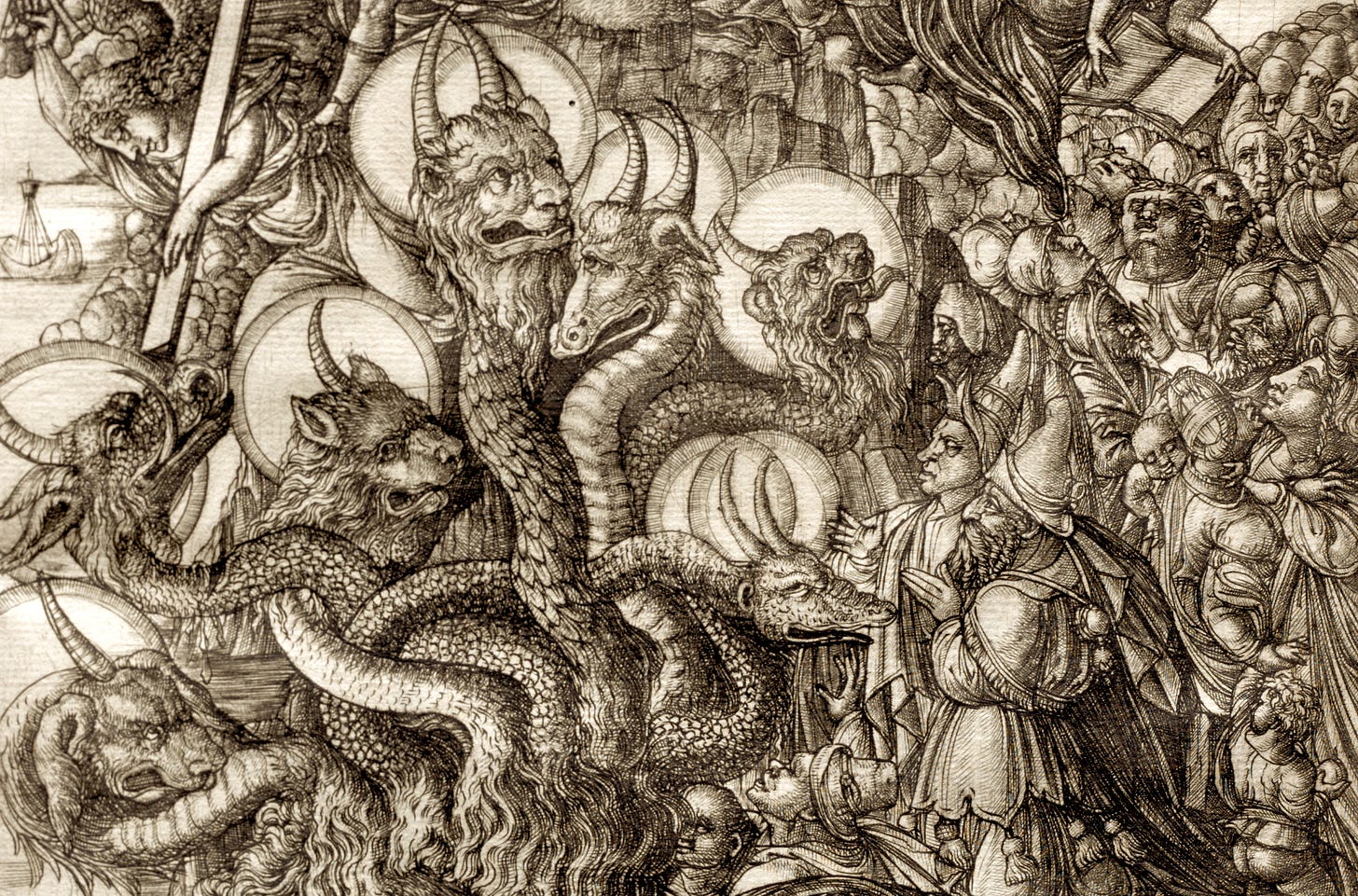Deciphering the Clues of Revelation (4)
What does the seven-headed beast of Revelation 17 represent, and how does it releate to the fourth beast of Daniel chapter 7?
This is Part 4 of a 5-part series. Part 1 | Part 2 | Part 3 | Part 4 | Part 5
In my previous article, I began a discussion of the beast with seven heads from Revelation 17 and attempted to unpack its meaning in light of John’s frequent reminder that his vision relates to his own perspective in time (i.e., the mid to late first century), as well as to events that would soon take place.1 As I pointed out, in Rev 17:10, John identifies the beast’s “seven heads” with “seven mountains” and “seven kings.” Since Rome was known as the city of seven hills,2 an obvious solution to the riddle of the “seven kings” would be to connect them with the first seven Caesars of Rome.
In his book, The Climax of Prophecy, Richard Bauckham observes that “it cannot be denied that 17:9-11 provides in some sense a numbered sequence of emperors and locates the time of writing within this sequence.”3 The challenge, however, is that scholars often begin the sequence at different starting points. “The only obvious procedure,” in Bauckham’s view, “would be to begin with Julius Caesar.”4 Working with this assumption, the chart below shows the potential relationship between Daniel 7 and Revelation 17:



